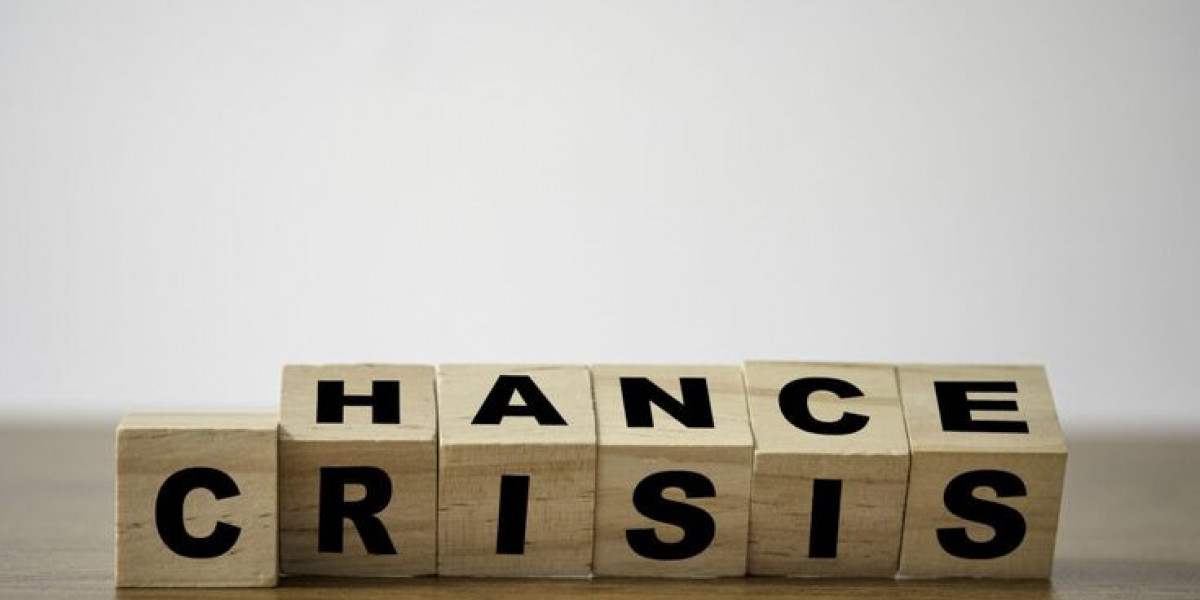Unexpected events and emergencies are a reality for any business. To navigate these challenges successfully, organisations need both a crisis communication strategy and a crisis management plan. Though these terms are sometimes confused, they serve distinct purposes. Recognising their differences is key to ensuring an effective response when a crisis strikes.
What is crisis communication?
Crisis communication centres on how a business shares information during a crisis. Its primary goal is to offer accurate and timely updates to employees, customers, stakeholders, and the public. When done well, it helps prevent confusion, preserves trust, and protects the company’s reputation. Key components include:
- Clear messaging: Information must be concise, consistent, and transparent to avoid misinterpretation.
- Designated spokespeople: Trained individuals deliver official statements to maintain credibility.
- Multiple channels: Updates are distributed via emails, press releases, social media, and other platforms.
- Swift response: Quick communication helps counter misinformation and reassures stakeholders.
What is a crisis management plan?
A crisis management plan is a comprehensive framework that outlines how a business prepares for, responds to, and recovers from a crisis. It focuses on minimising damage and restoring normal operations. Key elements include:
- Risk assessment: Identifying risks and areas of vulnerability.
- Response procedures: Detailed steps for addressing various crisis scenarios.
- Roles and responsibilities: Assigning specific tasks to team members for a coordinated effort.
- Post-crisis evaluation: Review the response to identify strengths and areas for improvement.
Key differences between crisis communication and crisis management plan
Crisis communication is about managing the flow of information during a crisis. It ensures that stakeholders receive timely and accurate updates to maintain trust and combat misinformation. This involves clear messaging, designated spokespersons, and consistent communication across multiple channels. It primarily kicks in during and after a crisis, focusing on protecting the company’s reputation and addressing external concerns.
A crisis management plan is a broader, proactive strategy that prepares a business for potential disruptions. It encompasses risk assessment, response protocols, and team coordination to minimise operational disruptions and ensure continuity. Unlike crisis communication, which focuses on messaging, the plan addresses the full lifecycle of a crisis, before, during, and after, aiming to stabilise the organization and support its recovery.
The importance of preparedness planning
Effective crisis handling starts with preparedness planning. This means developing both a robust crisis management plan and a solid crisis communication strategy. Together, they enable a business to act quickly, reduce disruptions, and safeguard its reputation when challenges arise.
Conclusion
One ensures the right message reaches the right people, while the other guides the right actions at the right time. By incorporating both into preparedness planning, businesses can respond to crises with confidence, maintaining stability and trust even in difficult circumstances.







